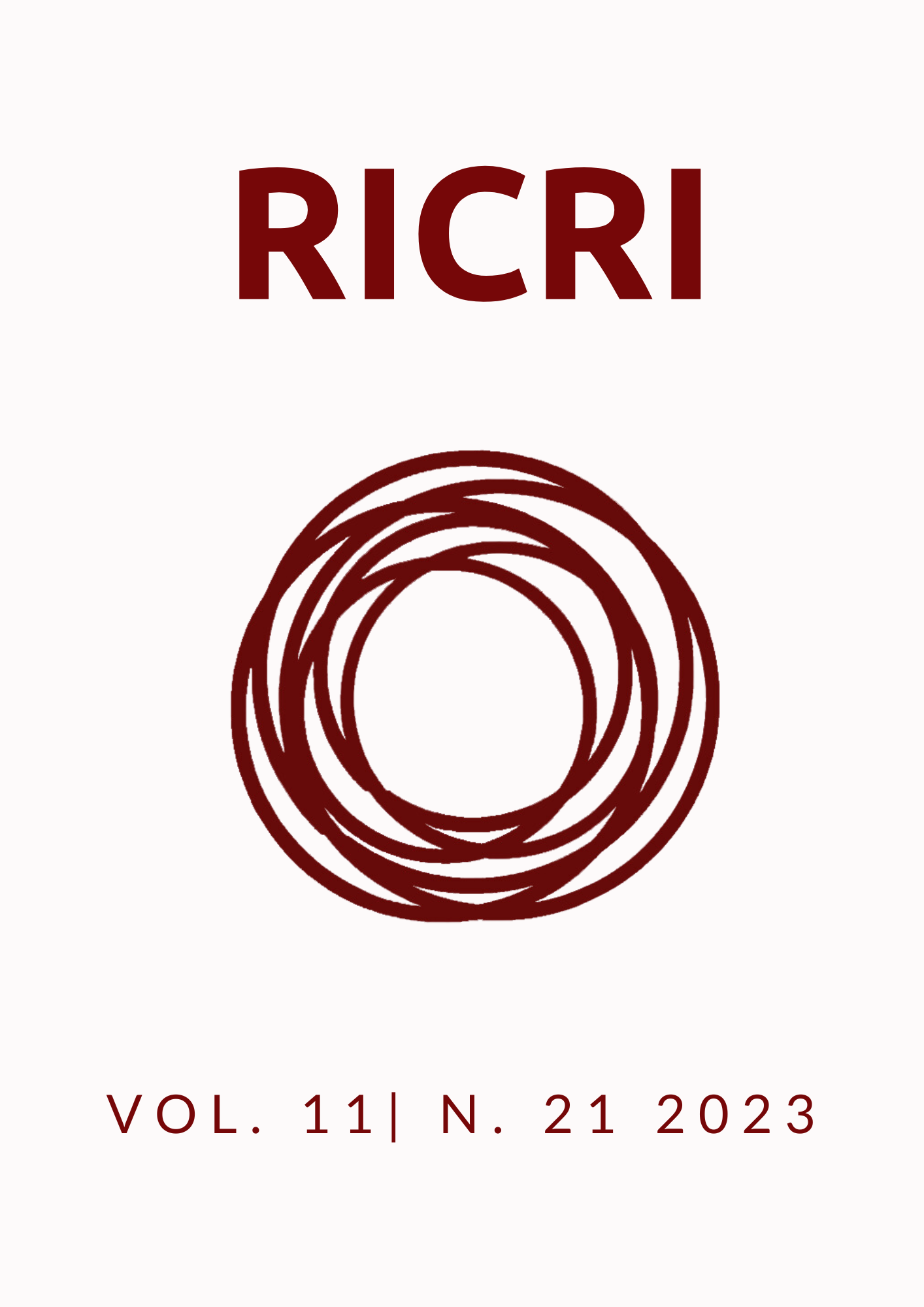Walking into the extremes
How does migration affect the vote for the far-right and far-left in the European Union
DOI:
https://doi.org/10.22478/ufpb.2318-9452.2023v11n21.66909Abstract
This paper investigates the relationship between the “extreme vote” and the percentage of foreigners in a selected group of European Union (EU) countries. The study explores the hypothesis that an increase in the foreign population within an EU country positively influences support for extreme parties, particularly on the far-right side. Quantitative methods, including OLS regression models, are employed to analyse the electoral support for far-right and far-left parties. The study considers variables such as the total number of newly arrived foreign population (divided into EU and non-EU categories), the percentage share of foreigners in the total population, and the variation of these metrics over time. Geographical location is also taken into account using binary variables representing regional groupings. Data are sourced from Eurostat, national government departments, and the Chapel Hill Expert Survey. The analysis focuses on a group of 14 EU member states with varying levels of immigration between 2013 and 2019, aiming to shed light on the complex relationship between immigration and extreme voting tendencies.
Downloads
Published
How to Cite
Issue
Section
License
Copyright (c) 2023 Journal of Scientific Initiation on International Relations

This work is licensed under a Creative Commons Attribution-NonCommercial 4.0 International License.
Authors who publish with this journal agree to the following terms:
a. Authors retain copyright and grant the journal right of first publication with the work simultaneously licensed under a Creative Commons Attribution License that allows for sharing of work with acknowledgment of its initial publication in this journal.
b. Authors are able to take on additional contracts separately for non-exclusive distribution of the version of the work published in this journal (e.g., post it to an institutional repository or as a book), with an acknowledgment of its initial publication in this journal.
c. Authors are permitted and encouraged to post their work online ( eg, in institutional repositories or on their website) at any point before or during the submission process, as it can lead to productive exchanges , as well as increase the impact and citation of published work ( See the Effect of Open Access).




